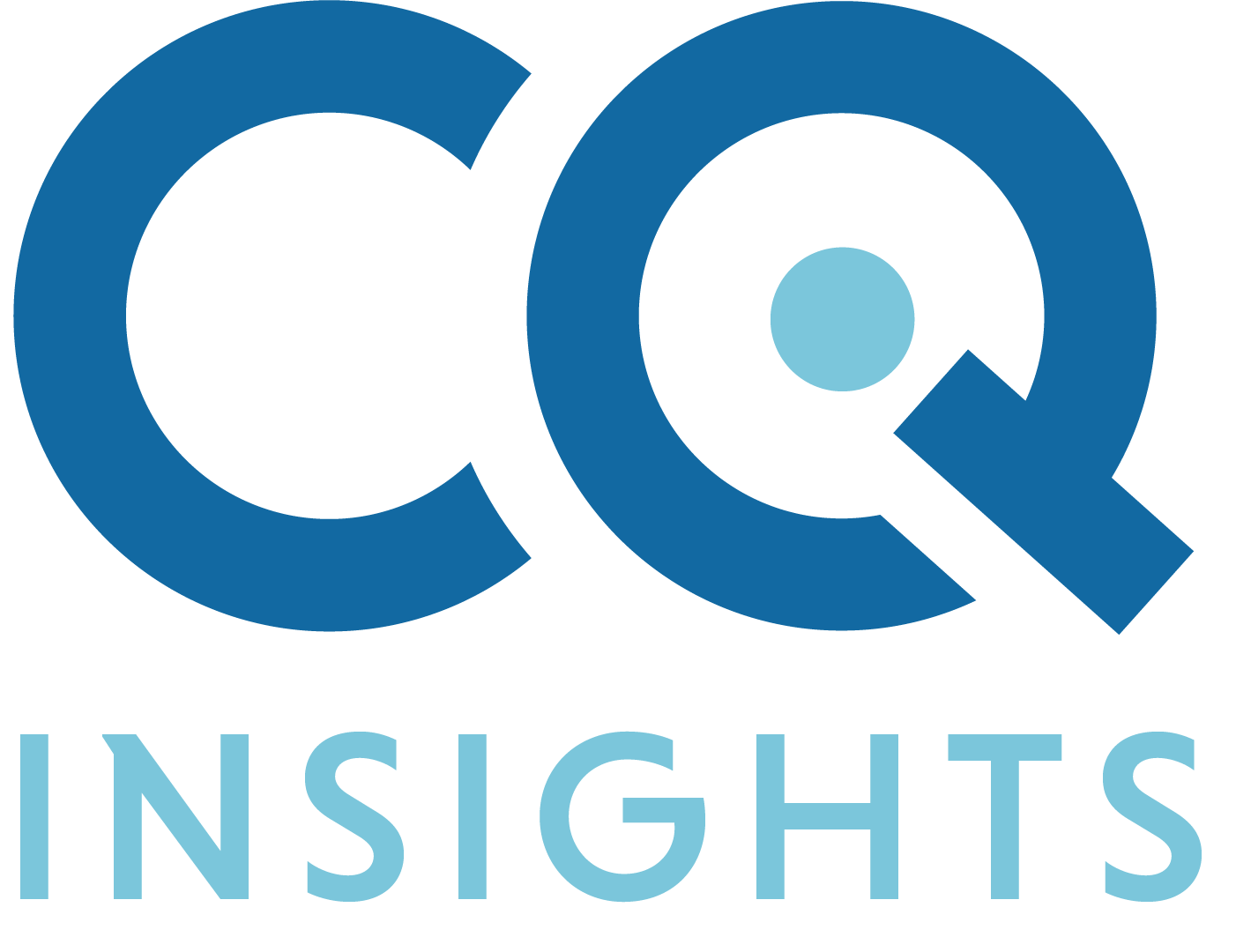For fifteen years, I was in surgical leadership positions at three different academic medical centers. In each of these leadership roles, I was provided with data about the quality of the surgeons in my division or department. These quality metrics were always based on the individual surgeon; data was never presented in the context of different types of patient problems or procedures. As a general surgeon, that meant wound infection rates would be lumped together from many different types of surgical procedures such as breast biopsy, colon resection, or exploration for a gunshot wound, for example. These measurements presented each month never changed. There was no way to interact with the data to see if the measurements were accurate or drill down into the data to observe potential correlations and gain meaningful insights. I don’t know of any surgeon who benefited from these reports, and many of them became frustrated and often had to explain themselves when they were identified as an outlier.
Data science is about measurement and improvement. We should be learning how to improve measurements and interact with our data to gain meaningful insights that can then be applied to improve patient outcomes. In a blog post on my personal website, I’ve mentioned that major league baseball began to learn to apply these data science principles over 25 years ago, famously documented in the book and movie Moneyball. AVM Systems was the consulting group that worked with the teams to teach them how to improve measurements and interact with their data. Until then, baseball used one static measurement, condensed into the “box score”: hits, runs, RBIs, outs, etc. (similar to what we currently still do in healthcare). The data science experts taught the baseball teams that all measurements could be improved. For example, all outs are not the same; a strikeout is excellent for the pitcher and horrible for the hitter, a fly out to center field is better for the hitter and not as good for the pitcher, but when an outfielder jumps and reaches their glove over the fence to catch the ball and rob the hitter of a home run, that is really bad for the pitcher and great for the hitter (and great for the outfielder’s defensive score).
At CQInsights, we are teaching the principles of data science to clinicians in healthcare. We facilitate a Continuous Quality Improvement (CQI) method that allows clinical teams to measure and improve value-based outcomes. Our first software tool, VALITY, was developed to enable clinical teams to interact with their data (demonstrated here), instead of just staring at a static dashboard. The principles of data science can help measure and improve value for patients and facilitate the transformation of our global healthcare system from one based on volume to one based on value.
By: Bruce Ramshaw, MD | Co-Founder & CEO of CQInsights

